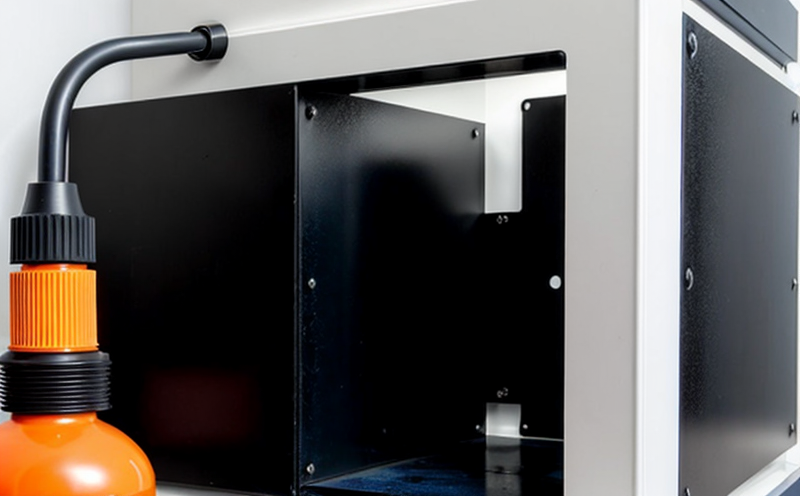ASTM D7396 Adhesion Testing of Thin Film Coatings
The ASTM D7396 standard is a critical method used to evaluate the adhesion strength between thin film coatings and their substrates. This testing procedure is essential for quality managers, compliance officers, R&D engineers, and procurement teams working with nanocoatings and surface treatments. By ensuring robust adhesion, this test helps prevent issues such as delamination or failure at interfaces, which can lead to product performance degradation.
The ASTM D7396 method involves several key steps that are designed to simulate real-world conditions while maintaining reproducibility across laboratories. The specimen preparation is crucial; typically, the substrate material must be cleaned and conditioned according to specific guidelines laid out in the standard. After preparing the sample, a thin film coating is applied under controlled conditions, ensuring uniformity and consistency.
The testing itself involves adhering the coated specimens onto an appropriate backing plate or similar fixture using an adhesive that mimics real-world adhesion conditions. This setup allows for consistent results across different laboratories. Once prepared, the samples are subjected to specific environmental conditions such as temperature cycling, humidity exposure, or UV irradiation depending on the intended use of the coating.
After exposing the specimens to these environmental factors, the next step is to measure the adhesion strength using a peel test. This process involves carefully adhering the coated specimen onto a backing plate and then applying a force perpendicular to the interface between the coating and the substrate until failure occurs. The force required for this failure can be used as an indicator of the adhesive bond quality.
Accurate data collection is vital in ASTM D7396 testing, and modern laboratories employ sophisticated instruments that provide precise measurements. These machines often incorporate advanced imaging techniques to assess the integrity of the coating-substrate interface before and after exposure. The results from these tests are then analyzed based on predefined acceptance criteria specified within ASTM D7396.
Understanding the importance of this test requires recognizing its role in ensuring product quality and durability, especially when dealing with advanced materials like nanocoatings which have unique properties that can affect adhesion performance.
Why It Matters
The significance of ASTM D7396 adhesion testing cannot be overstated; it directly impacts the reliability and longevity of products containing thin film coatings. In industries ranging from automotive manufacturing to electronics production, where even minor failures could lead to significant costs and safety concerns, ensuring strong adhesion between layers is paramount.
For instance, in the automotive sector, poor adhesion in paint or coating can result in premature peeling or flaking, leading not only to aesthetic issues but also potential functional problems. In electronics manufacturing, weak adhesion in protective coatings might compromise device integrity over time, affecting both performance and lifespan.
Benefits
Improved Product Quality: Ensures that the thin film coating adheres properly to the substrate, enhancing overall product reliability.
Enhanced Durability: By identifying weak points early in the development process, manufacturers can make necessary adjustments before mass production begins.
Cost Efficiency: Preventing defects through thorough testing saves time and resources by avoiding costly repairs or recalls later on.
Environmental and Sustainability Contributions
Promotes Sustainable Materials: Ensuring that coatings adhere properly can lead to the development of more sustainable materials that last longer without compromising environmental standards.
Reduces Waste: Strong adhesion reduces waste associated with failed products, thereby promoting a circular economy approach where resources are conserved and reused effectively.





